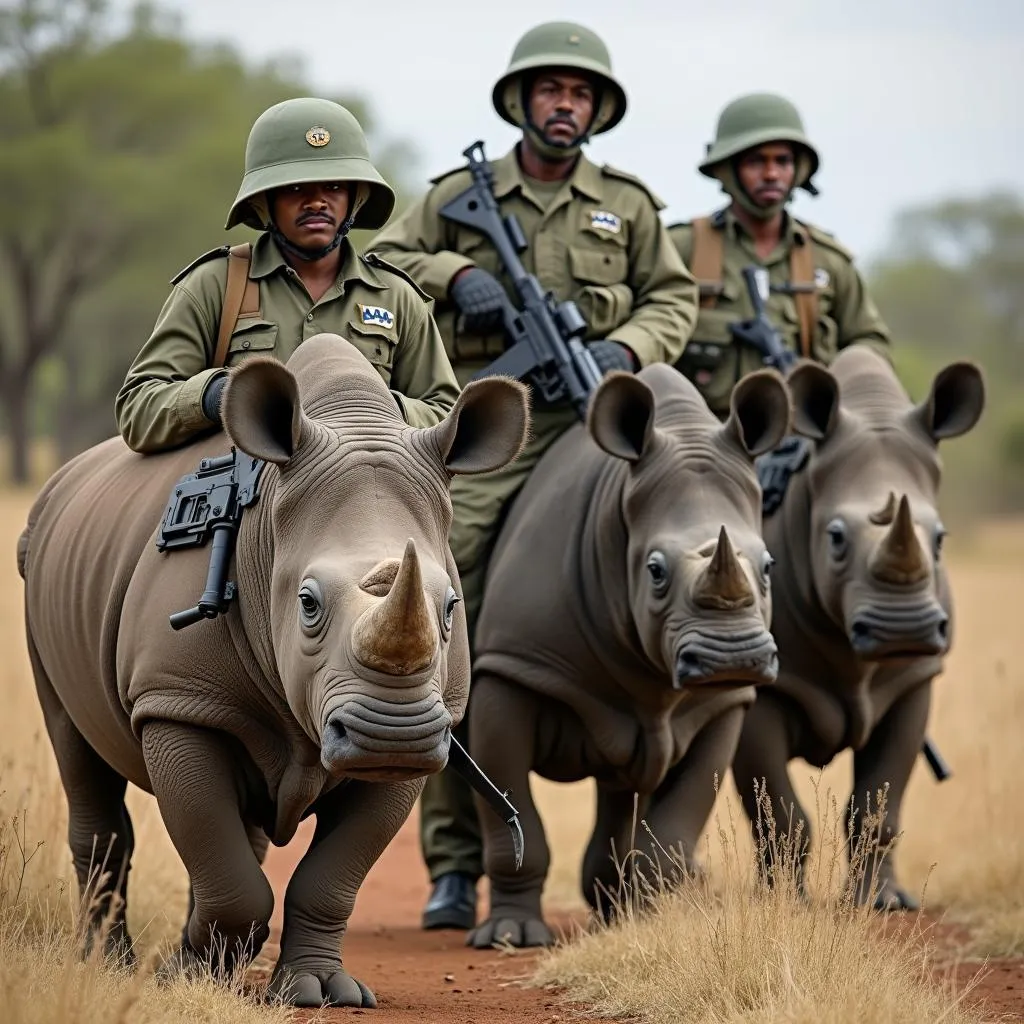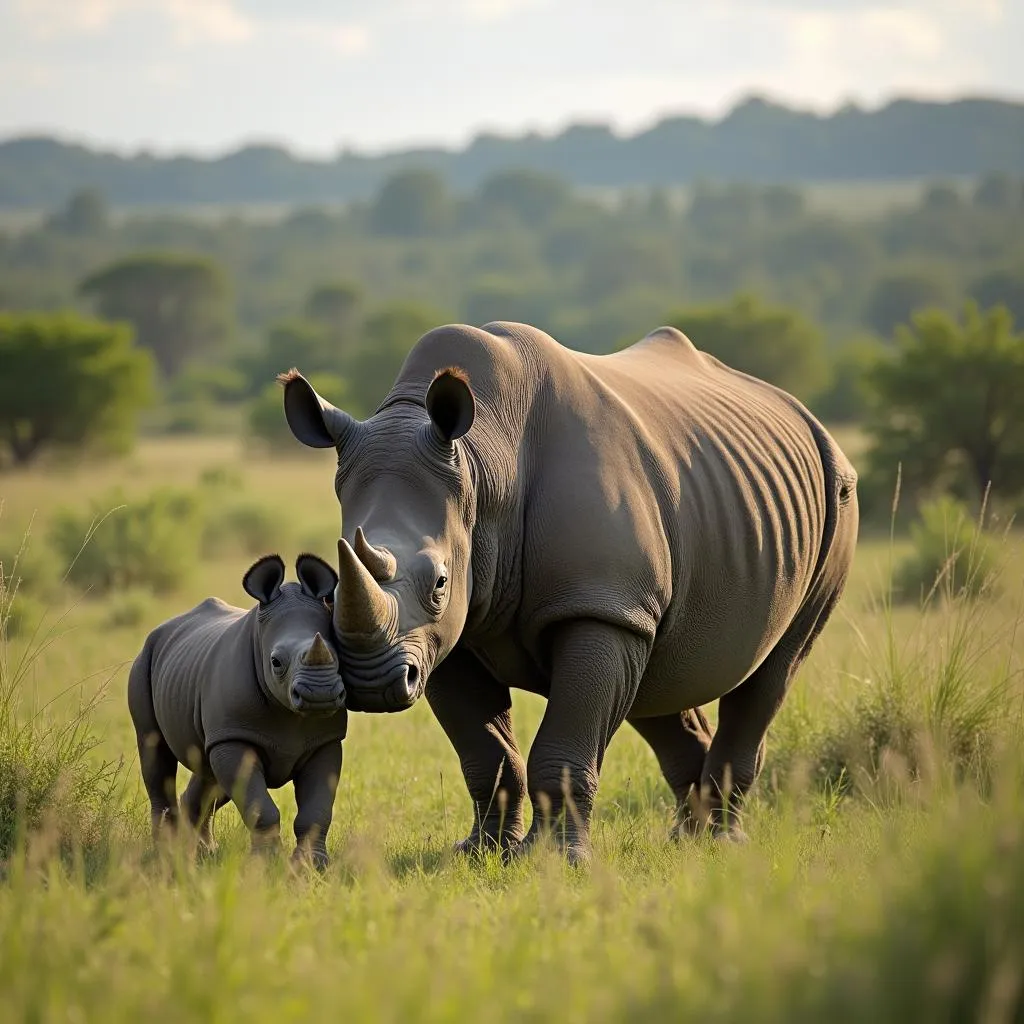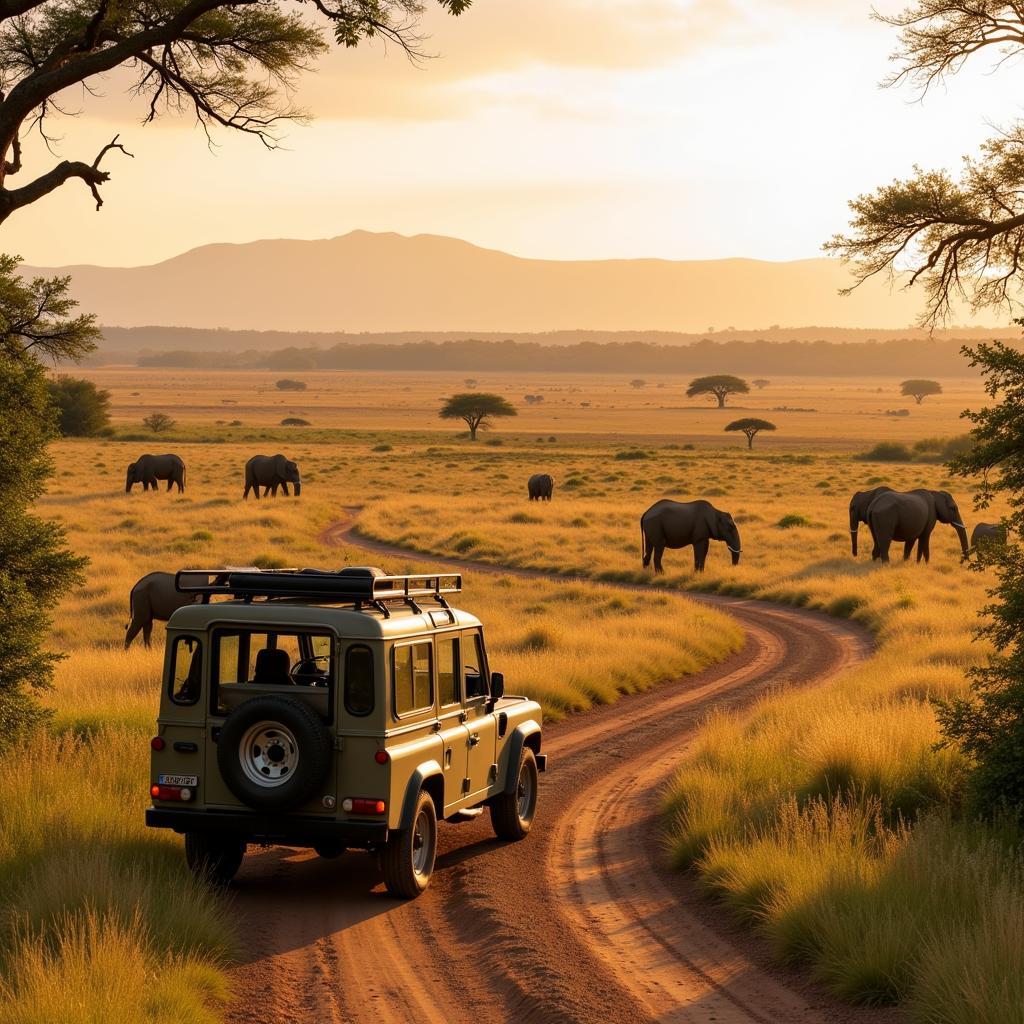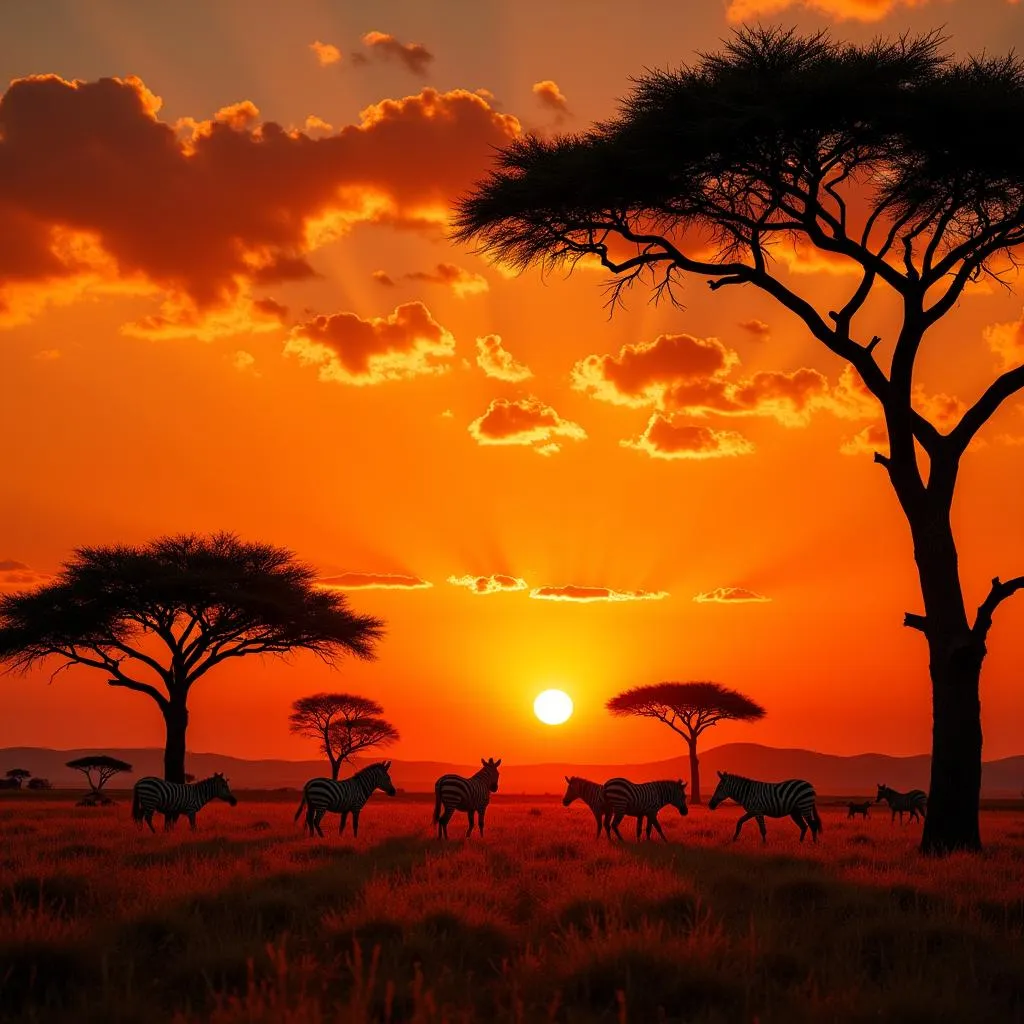The Plight of the African Black Rhino: Conservation Efforts and Hope for the Future
The African Black Rhino, a majestic creature once roaming vast areas of sub-Saharan Africa, is now critically endangered. Rampant poaching and habitat loss have driven this iconic species to the brink, making conservation efforts absolutely critical for its survival.
A Closer Look: The African Black Rhino
Distinguished by its hooked upper lip, the black rhino is a browser, using its prehensile lip to strip leaves and fruit from branches. Smaller than its white rhino counterpart, it boasts two horns, with the front horn often exceeding half a meter in length. These magnificent animals are solitary creatures, coming together only to mate.
The Poaching Crisis: Why Are Black Rhinos Targeted?
The primary driver behind the decline of the African black rhino is poaching, fueled by the illegal wildlife trade. Their horns, mistakenly believed to possess medicinal properties in some cultures, are highly sought after in certain Asian markets. Despite international trade bans, the demand remains, leading to exorbitant prices on the black market and fueling the poaching crisis.
Conservation on the Front Lines: Protecting a Species
Numerous organizations and governments across Africa are fighting tirelessly to protect the remaining black rhino populations. These conservation efforts encompass a multi-faceted approach:
- Anti-poaching patrols: Highly trained rangers risk their lives daily, patrolling protected areas to deter poachers and protect rhinos.
- Rhino monitoring: Using advanced tracking technology and data analysis, conservationists monitor rhino movements, identify potential threats, and implement rapid response strategies.
- Community engagement: Involving local communities in conservation efforts is crucial. This includes providing education, alternative livelihoods, and fostering a sense of ownership over rhino protection.
- Habitat conservation and restoration: Protecting existing rhino habitats and restoring degraded areas is vital to ensure the long-term survival of the species.
 African Black Rhino Anti-Poaching Patrol
African Black Rhino Anti-Poaching Patrol
The Role of Education and Awareness
Beyond the front lines, educating the public plays a crucial role in black rhino conservation. By increasing awareness about the plight of the species and dispelling myths surrounding rhino horn, we can help reduce demand and disrupt the illegal wildlife trade.
A Glimmer of Hope: Success Stories and Future Outlook
While the situation remains dire, there are glimmers of hope. In some areas, black rhino populations are showing signs of stabilization and even slight increases, a testament to the dedication of those on the conservation front lines.
For instance, the creation of intensively protected areas, like the Lewa Wildlife Conservancy in Kenya, has seen remarkable success in bolstering black rhino numbers. By combining robust security measures with community-based conservation initiatives, these areas offer a model for successful rhino protection.
 African Black Rhino Mother and Calf
African Black Rhino Mother and Calf
What Can You Do to Help?
Every individual can contribute to black rhino conservation. Here are some ways you can make a difference:
- Support reputable conservation organizations: Donate to organizations actively involved in black rhino protection, research, and anti-poaching efforts.
- Spread awareness: Educate yourself and others about the plight of the African black rhino. Share information on social media, talk to friends and family, and support responsible tourism initiatives.
- Be a conscious consumer: Avoid purchasing products that contribute to the illegal wildlife trade, such as those claiming to contain rhino horn.
Conclusion: Securing a Future for the African Black Rhino
The African black rhino stands at a critical juncture. Its future rests on the sustained efforts of conservationists, governments, and communities working together. By strengthening anti-poaching measures, protecting habitats, and fostering greater awareness, we can secure a future where these magnificent creatures once again thrive in the wild. Let us not allow this iconic species to fade away into the annals of history.




